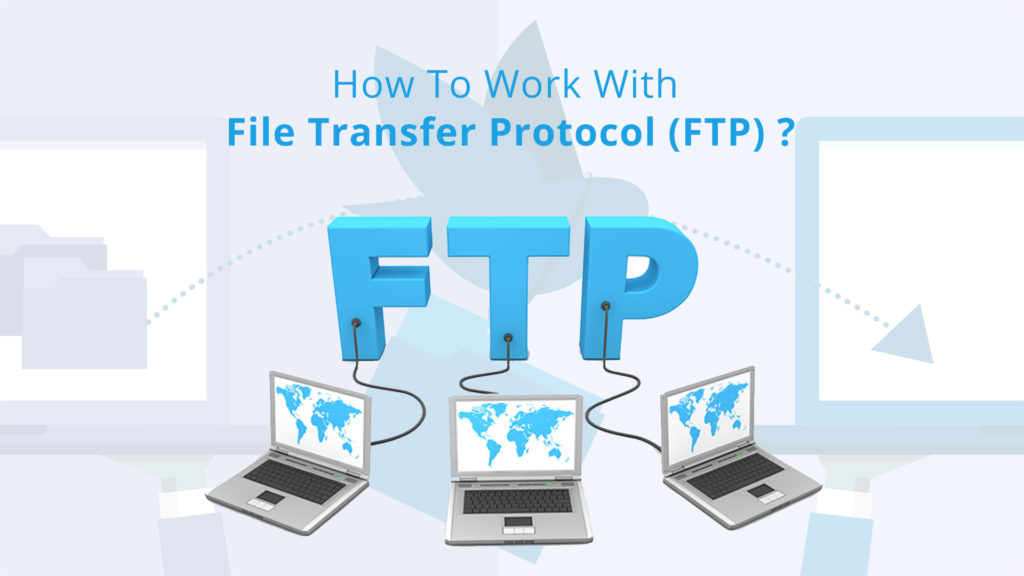Mobile device management, or MDM, is a system of policies and strategies used to protect sensitive and private information on mobile devices such as smartphones, tablets, laptops, and more.
MDM makes it possible for companies to secure and supervise their employee’s phones and devices when they access the company network, no matter where they are. Solid MDM policies also ensure that company devices like phones and handhelds do not fall into the wrong hands or become vulnerable to hacking. The following five practices will help you with remote work environments and when employees use their own devices.
Table of Contents
Prioritize security
The number one focus in managing multiple mobile devices is to prioritize security. By following the best security practices such as avoiding public Wi-Fi, backing up your data regularly, blocking suspicious apps, and more, you can make sure that your information is safe.
Partnering with a trusted service provider is your best option for further support with these practices. Industry professionals in the mobile communications sector understand security threats and best practices and can help you manage your mobile devices without hassle.
Use anti-virus software
When trying to combat cybercrime, anti-virus software is a necessity. It will scan your drives and data for existing viruses, protect mobile devices from malware, ensure optimal functioning, detect when phishing emails come through, and serve as a barrier between your employee’s mobile devices and hackers.
If a cybercriminal manages to access even one device on your network, that can prove disastrous for the safety of your devices and your data. Anti-virus software is a vital layer of defense against these types of attacks.
Authentication without passwords
Most people usually want to secure their movie device with a password. However, strong passwords are still somewhat vulnerable. It’s better to use a multi-step authentication process that includes factors such as biometrics.
This option is better because hackers’ first point is to crack a passcode or password. When you house multi-factor authentication, it is less likely that you will suffer a data breach because you’re using more secure entry methods such as fingerprints for remote workers.
Employee education
To ensure maximum network security, enlighten your customers and their employees on the importance of understanding the policies featured on their cellular devices. To teach customers and their employees how to protect corporate data in insecure areas, you should have them do staff security awareness training.
Part of that training would include informing team members of the dangers of downloading unauthorized apps and using public Wi-Fi to access sensitive information and phishing. All of these actions leave sensitive data vulnerable. Encourage your employees to be skeptical of third-party apps, use strong passwords, and never connect to unsecured public Wi-Fi using company devices.
No rooted or jailbroken devices
Rooting a device means that you have “unlocked” (bypass manufacturer configurations) an Android mobile phone or tablet so that you can add customized settings and approve apps that would otherwise be unapproved. It is the same idea when you jailbreak an iPhone.
This process allows pirated apps and makes them at risk for security threats and cyberattacks. If a company is aware that an employee’s device is rooted or jailbroken, you should consider disallowing them to access the company database. What employees do on their own devices is their business, but when they use those devices to connect to the network and introduce new security risks, that’s the time for a manager to step in and have a conservation about mobile security practices.
As for company-owned mobile devices, business owners should make it a part of the official policy that no rooting or jailbreaking of company devices will occur due to the vulnerabilities these processes present.
Before you go
It’s essential to have an updated and effective mobile device management policy that all employees adhere to for data integrity and safety.
The number one practice when managing mobile devices is to fortify the process of accessing the company network. Your network is a strength, but if it falls into the wrong hands, it can quickly become your company’s most significant vulnerability. Following these simple tips will ensure that the company and the employees are secure and safe from any threats.

